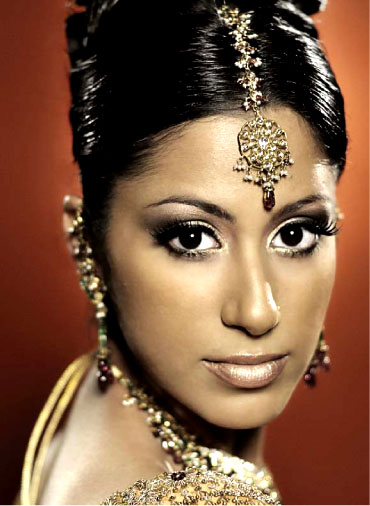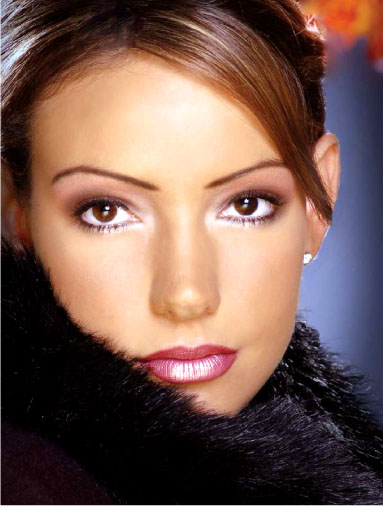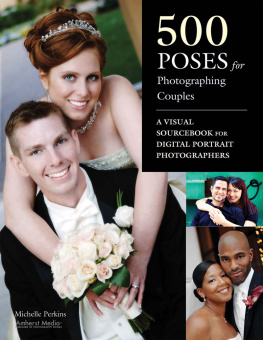Copyright 2009 by Michelle Perkins.
All rights reserved.
Front cover photographs by Tim Schooler.
Back cover photograph by Dan Brouillette.
Published by:
Amherst Media, Inc.
P.O. Box 586
Buffalo, N.Y. 14226
Fax: 716-874-4508
www.AmherstMedia.com
Publisher: Craig Alesse
Assistant Editor: Barbara A. Lynch-Johnt
Editorial Assistance: John S. Loder, Carey A. Maines
ISBN-13: 978-1-58428-249-5
Library of Congress Control Number: 2008926669
Printed in Korea.
10 9 8 7 6 5 4 3 2 1
No part of this publication may be reproduced, stored, or transmitted in any form or by any means, electronic, mechanical, photocopied, recorded or otherwise, without prior written consent from the publisher.
Notice of Disclaimer: The information contained in this book is based on the authors experience and opinions. The author and publisher will not be held liable for the use or misuse of the information in this book.
About This Book
D etermining the best way to pose your subjecta way that is flattering to the individual, appropriate to the setting and clothing, and visually appealing in the overall compositioncan be one of the biggest challenges in creating a successful portrait. This is especially true when creating portraits of women, where the photographer may be called on to create anything from a very traditional head-and-shoulders pose to a more adventurous full-length look straight out of the pages of a fashion magazine. Quite simply, the variations are almost limitless.
This collection is a visual sourcebook designed to address exactly that problem. Filled with images by some of the worlds most accomplished portrait, fashion, and commercial photographers, it provides a resource for photographers seeking inspiration for their own work. Stuck on what to do with a particular client or unsure how to use a given prop? Flip through the sample portraits, pick something you like, then adapt it as needed to suit your tastes. Looking to spice up your work with some new poses? Find a sample that appeals to you and look for ways to implement it (or some element of it) with one of your subjects.
For ease of use, the portraits are grouped according to how much of the subject is shown in the frame. Thus, the book begins with head-and-shoulders portraits, followed by portraits that introduce one or both hands into the head-and-shoulders look. Next are waist-up portraits, featuring images that include the head and shoulders, arms and hands, and at least some of the subjects torso. Moving on to three-quarter-length portraits, the examples feature subjects shown from the head down to mid-thigh or mid-calf. The balance of the book features full-length imagesthe most complex portraits to pose, because they include the entire body. Both the three-quarter- and full-length portraits are subdivided into poses for standing subjects, seated subjects, and reclining subjects.
It can be difficult to remain creative day after day, year after year, but sometimes all you need to break through a slump is a little spark. In this book, youll find a plethora of images designed to provide just that.

PLATE 1. PHOTOGRAPH BY CHERIE STEINBERG COTE.

PLATE 2. PHOTOGRAPH BY BILLY PEGRAM.

PLATE 3. PHOTOGRAPH BY BILLY PEGRAM.

PLATE 4. PHOTOGRAPH BY TIM SCHOOLER.

PLATE 5. PHOTOGRAPH BY TIM SCHOOLER.

PLATE 6. PHOTOGRAPH BY VICKI TAUFER.

PLATE 7. PHOTOGRAPH BY VICKI TAUFER.

PLATE 8. PHOTOGRAPH BY TIM SCHOOLER.

PLATE 9. PHOTOGRAPH BY TIM SCHOOLER.

PLATE 10. PHOTOGRAPH BY TIM SCHOOLER.

PLATE 11. PHOTOGRAPH BY TIM SCHOOLER.

PLATE 12. PHOTOGRAPH BY TIM SCHOOLER.

PLATE 13. PHOTOGRAPH BY STEVEN BEGLEITER.

PLATE 14. PHOTOGRAPH BY TIM SCHOOLER.

PLATE 15. PHOTOGRAPH BY TIM SCHOOLER.

PLATE 16. PHOTOGRAPH BY BILLY PEGRAM.

PLATE 17. PHOTOGRAPH BY BILLY PEGRAM.

PLATE 18 (LEFT). PHOTOGRAPH BY WES KRONINGER.

PLATE 19 (ABOVE). PHOTOGRAPH BY WES KRONINGER.

PLATE 20. PHOTOGRAPH BY STEPHEN DANTZIG.

PLATE 21.



































